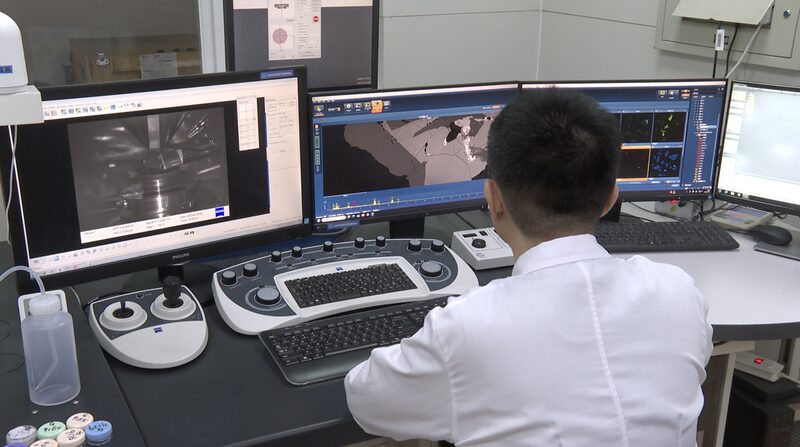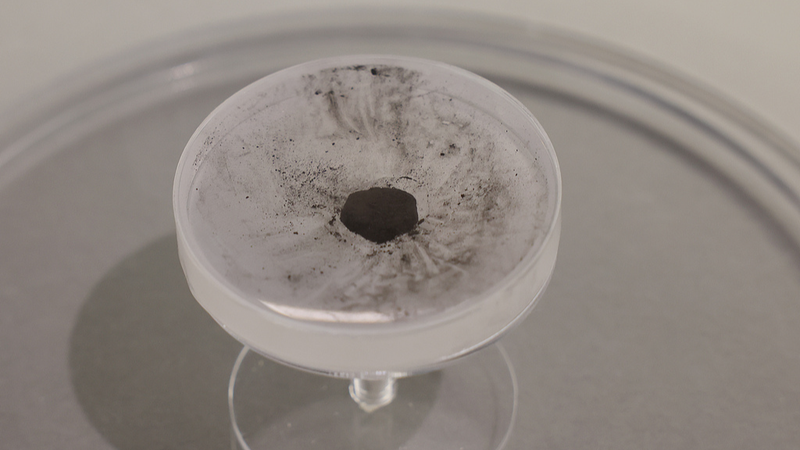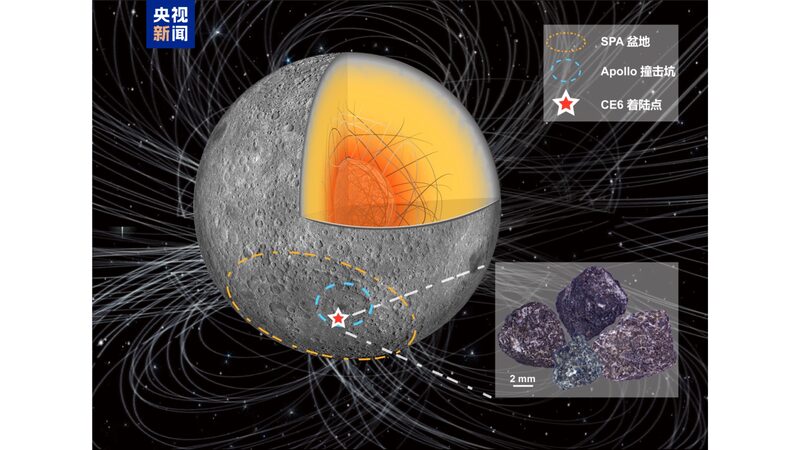🚀 The moon has a fiery past! Recent studies using lunar samples from China’s Chang'e-6 mission have confirmed that the moon was once completely engulfed in a molten \"magma ocean\" shortly after its formation. 🌑✨
Published in the latest issue of Science magazine, the research was led by a team from the Institute of Geology, Chinese Academy of Geological Sciences, in collaboration with the China National Space Administration (CNSA). The Chang'e-6 mission, launched in 2024, marked a historic milestone by collecting 1,935.3 grams of moon rocks from the far side of the moon’s Apollo Basin within the South Pole-Aitken (SPA) Basin.
🔬 Analyzing just two grams of these samples, the team discovered that the basalt composition from both the near and far sides of the moon is strikingly similar. This basalt is approximately 2.82 billion years old and supports the lunar magma ocean theory. “Without samples from the far side, it was like solving a puzzle with half the pieces missing,” said Liu Dunyi, a senior researcher. Thanks to Chang'e-6, scientists can now confirm that this molten ocean likely covered the entire moon.
The SPA Basin itself is a colossal feature, stretching 2,500 km and plunging 13 km deep. Formed by a massive asteroid impact 4.3 billion years ago, it’s the largest and oldest impact basin in the inner solar system. 🪐
Interestingly, the study also found differences in the lead isotope evolution paths between the far and near sides of the moon. This suggests that while the moon started with a uniform magma ocean, later asteroid bombardments created distinct evolutionary paths in different regions. “The moon was once covered by a global magma ocean, but later bombardments of asteroids caused different evolution processes on the near and far sides,” explained Long Tao, another senior researcher.
Looking ahead, the research team plans to dive deeper into the moon’s early impact history. The Chang'e-6 sampling site, located in the SPA Basin, could hold valuable records of early solar system impacts, providing insights not just into the moon’s past but also Earth's own geological history, which has been reshaped by tectonic activity. 🌍🛰️
The CNSA remains committed to advancing lunar research and sharing these exciting discoveries with the world, fostering a greater understanding of our celestial neighbor.
Reference(s):
Chang'e-6 samples provide evidence of "magma ocean" on early moon
cgtn.com





